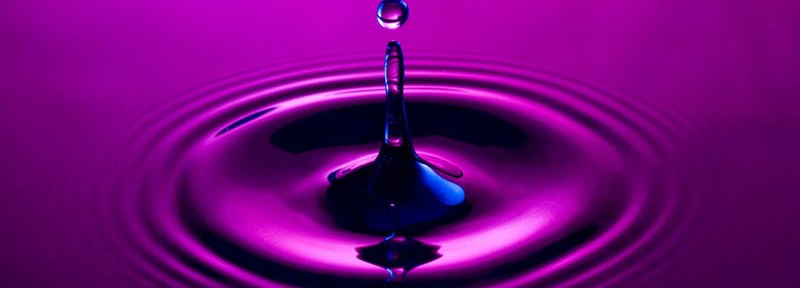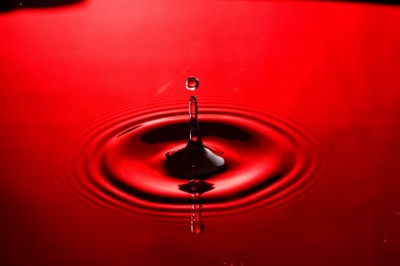At a well attended meeting of the ECCG on Tuesday 10/4/13, Tom Tattan, Dave Edmunds and John Horgan delivered a workshop on portrait flash photography using speedlights. As flash photography can be a mysterious practice for the uninitiated, this was a very much sought after event and went down well with all in attendance.
Our secretary, Karen Fleming, introduced some glamour to the occasion by (foolishly?) agreeing to model for the battery of paparazzi who all wanted to test their newly learned skills. Scenes reminiscent of the outside of a celebrity nightclub at 4am ensued as strobes popped continuously. In hindsight a pair of dark glasses would have been in order for our patient model, whose retinas must have been screaming STOPPPP as the barrage showed no sign of abating! Well done to all concerned.
Photos by Denis O’Flynn.
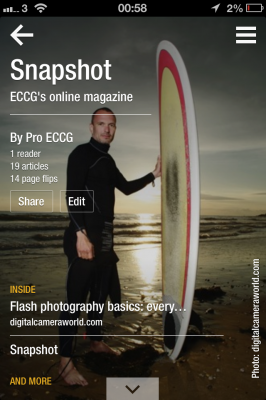 PRO, Denis Barry revealed the ECCG’s new online magazine, ‘Snapshot‘ which is available on iOS and Android devices to members and non-members alike here.
PRO, Denis Barry revealed the ECCG’s new online magazine, ‘Snapshot‘ which is available on iOS and Android devices to members and non-members alike here.
Unfortunately these are the only ways in which the magazine can be accessed, a matter which is completely out of our hands but, that said, it is a wonderful experience on a tablet device especially as there are beautiful photos and videos within the pages that really exploit the tablets’ size and capabilities. The display on other devices, such as mobile phones and iPods, etc, while smaller, is also a very rewarding experience.
The magazine will feature articles of photographic interest from varying online sources and will be updated frequently so be sure to check it out often and let us know what you think.



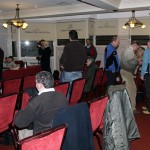
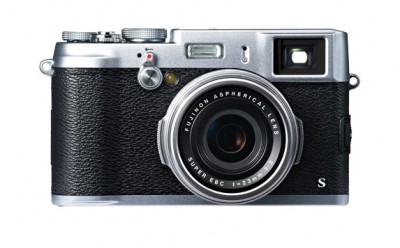
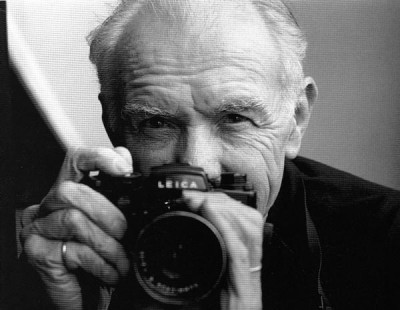 “A hundredth of a second here, a hundredth of a second there – even if you put them end to end, they still only add up to one, two, perhaps three seconds, snatched from eternity”.
“A hundredth of a second here, a hundredth of a second there – even if you put them end to end, they still only add up to one, two, perhaps three seconds, snatched from eternity”. While enjoying lunch in a restaurant in Kenmare, Co. Kerry recently, I noticed that there were several black and white photographs hanging on the walls. On closer examination I discovered that all, including possibly his most well known “The Kiss in Front of City Hall”, were by the French street photographer, Robert Doisneau. Since the genesis of ECCG can be traced to an over dinner conversation in the same town, the coincidence wasn’t lost on me so, Mon. Doisneau had to have a blog post dedicated to him on this site!
While enjoying lunch in a restaurant in Kenmare, Co. Kerry recently, I noticed that there were several black and white photographs hanging on the walls. On closer examination I discovered that all, including possibly his most well known “The Kiss in Front of City Hall”, were by the French street photographer, Robert Doisneau. Since the genesis of ECCG can be traced to an over dinner conversation in the same town, the coincidence wasn’t lost on me so, Mon. Doisneau had to have a blog post dedicated to him on this site!